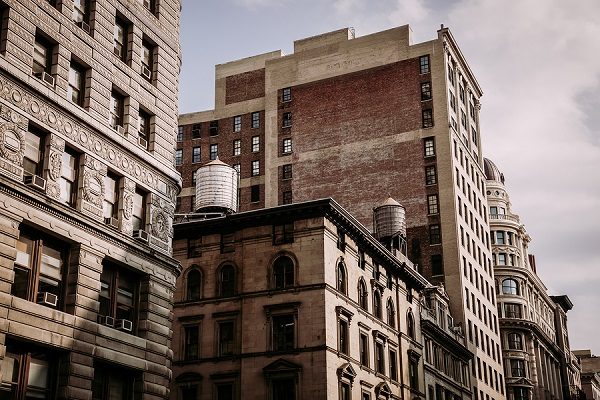DOB Steps Up Façade Inspections in Wake of December Fatality
By Frank Fortino
On February 20, 2020, new rules go into effect for Local Law 11 inspections under the Façade Inspection & Safety Program (FISP). The program requires owners of buildings over six stories in height to hire a licensed professional to conduct a comprehensive façade inspection every five years. Inspection reports must be submitted to the Department of Buildings (DOB) for review.
While the amended rules were originally proposed in November 2019, they gained urgency after a fatal façade collapse in Midtown Manhattan the following month.
Local Law 11 Inspection Changes
QEWI Requirements. The recently adopted legislation increases the experience requirements for qualified exterior wall inspectors (QEWIs). Previously, a registered design professional with at least one year of relevant experience could serve as a QEWI. The new rule requires seven years of “relevant experience with façades over six stories.” Furthermore, the QEWI applicant must provide a detailed resume of the qualifying work experience, including a letter describing length of employment and responsibilities if working under another registered design professional who signed and sealed the relevant work.
In addition, the updated rule requires QEWI applicants to demonstrate sufficient knowledge of relevant construction codes, laws and rules with regard to façades, and “concepts specific to the science of buildings” pertaining to façades. Such demonstrations of proficiency may include written or oral tests.
Inspection Requirements. QEWIs must now complete physical examinations, or “close-up inspections,” at intervals of no more than 60 feet. Use of such technology as drones and high-resolution photography cannot replace close-up inspections.
The rules also include testing of cavity wall construction, starting with the ninth cycle and, at a minimum, during every subsequent odd-numbered cycle. Probes must be performed to report the presence, condition, and spacing of wall ties in exterior wall systems in which an exterior relies on a grid of metal ties for attachment to a backup wall.
Report Requirements. Reports are now required to document any distress that has occurred since the previous report, “including, but not limited to, settlement, splitting or fracturing, displacement, bulging, cracking of any exterior wall elements, loosening of metal anchors and supports, water entry, movement of lintel or shelf angles, or other defects or changes.” Photo documentation has been expanded to include close-up inspections and, when applicable, cavity wall probe photos.
Other Changes. The new rules also increase penalties for property owners who fail to repair unsafe façade conditions. In addition, landlords must now post information on the status of the façade in the building lobby.
Upgraded Enforcement
On December 30, 2019, DOB Commissioner Melanie E. La Rocca announced that the DOB was doubling the façade inspection team with the addition of 12 new staff members. The expanded staff will be conducting re-inspections of buildings with unsafe façades and those with defects in need of remedial repairs.
DOB will also conduct follow-up inspections of Class 1 façade violations within 60 days to ensure installment of any required public protection methods. Additional follow-up field inspections at 90 days following initial issuance of the Class 1 façade violation will confirm proper maintenance of public protection measures and that repair work to address unsafe conditions has commenced. DOB will then conduct field inspections every 90 days thereafter to ensure compliance. Owners who neglect their responsibilities with regard to façade repair and maintenance will face additional enforcement actions.
If you have any questions about these changes or if you need assistance with façade-related repairs, please contact Metropolis Group at 212.233.6344.


